Alternative Construction Materials
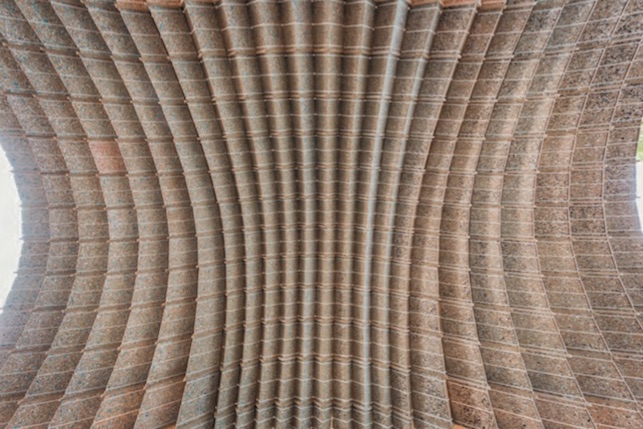
Developing a radical paradigm shift from a mining-based mentality towards one grounded in cultivating, recycling, farming, and even growing future construction materials
For detailed information please refer to http://www.hebel.arch.ethz.ch/
The FCL Magazine Special Issue “Constructing Alternatives – Research Projects 2012-2015” can be downloaded here.
As urban populations grow so does the demand for materials and resources to support them. Where such resource demands were once satisfied by local and regional hinterlands, they are increasingly global in scale and reach. This phenomenon has generated materials flows that are trans-continental and planetary in scope, and has profound consequences for the sustainability, functioning, sense of ownership and identity of future cities. This phenomenon presents challenges for the local identity of places, as well as the appropriate allocation, efficient use, and ownership of material resources.
The Professorship of Architecture and Construction at FCL Singapore concentrates its research on alternative construction materials and their application in specific contextual settings, taking into account the availability of materials, human resource capacities, and skills. The ‘alternative’ aspect of this focus emerges from an exploration of innovative and entrepreneurial thinking. Seen from this perspective, the project for urban sustainability must be global in ambition, but cannot be a matter of applying a universal set of rules. Rather, sustainability requires a decentralised approach that both acknowledges the global dimension and is sensitive to the social, cultural, aesthetic, economic, and ecological capacities of particular places to thrive and endure.
Major research projects currently under investigation include:
Advanced Fiber Composite Materials
It is the declared aim of the research to establish fiber composite materials as a future and alternative building material in developing territories of our planet. The research under way investigates the mechanical properties of natural fibers and how to control them in order to achieve desired characteristics for the use as a construction material replacing steel and wood and also to use it as a reinforcement system in concrete applications. The team established the ‘Advanced Fiber Composite Laboratory’ in Singapore, where they are able to produce and test new fiber reinforcement materials at the same time.
Constructing Waste
“The future city makes no distinction between waste and supply”(J. Mitchell, 2014). Waste is a result of any human action and interaction, bringing raw natural materials – understood so far as our sole form of resources – from one stage of being into another, by applying various forms of skills and energy. In this sense, waste was seen for centuries as something specific which neither belonged to the family of natural resources nor to the one of finished products. But waste could also be understood as an integral part of what we define as a resource. This metabolic thinking understands our built environment as an interim stage of material storage. The research aims to develop ideas on how to activate waste as a building material. The abundance of refuse is the essential hypothesis of the research. In October 2014, a book by the Assistant Professorship was published with Birkhäuser publishers called “Building from Waste” which introduces around 100 examples and projects how to transform waste into a resource for the building industry.
Mycelium-based composite materials
Mycelium, the structural part of fungi that forms its vegetative growth and mass, is a biological non-toxic material with high growth rate, which self-adheres to feedstock while utlising almost zero energy. Thus, mycelium-based composite materials are sustainable and attractive options for the replacement of building materials with the addition of reinforcements. The aim of this research is to characterise and improve the mechanical characteristic of mycelium-based composite materials grown on traditional sawdust substrate, as well as different agricultural waste. Preliminary results have provided deep insight into building with materials that can be effectively cultivated on construction site in addressing the environmental impact of human activities which is desperately needed.
Gallery: Alternative Construction Materials
-

Waste Vault at Ideas City Festival, NYC -
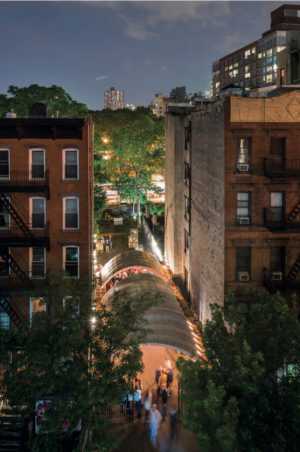
Waste Vault at Ideas City Festival, NYC -
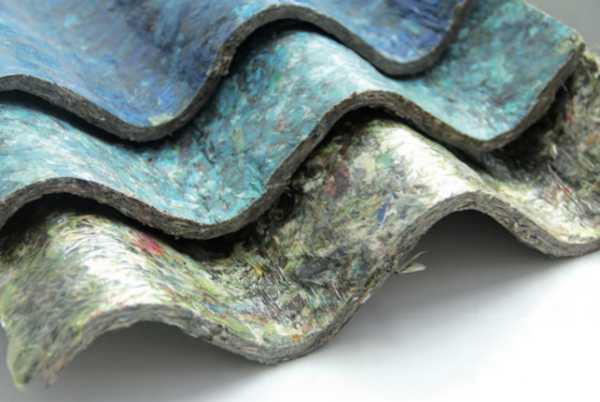
Building from waste -
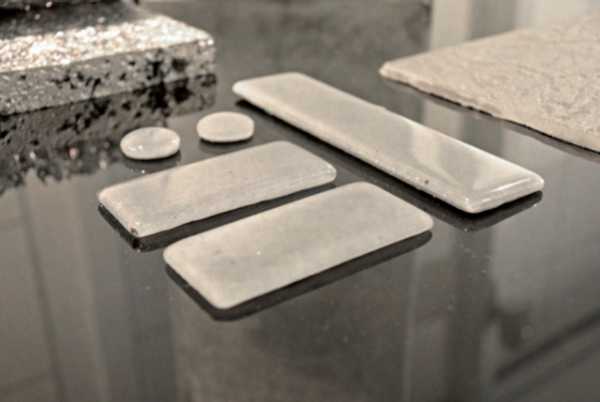
Sand lab -
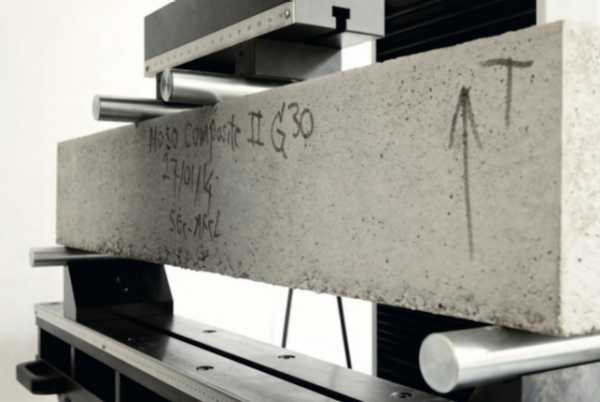
-
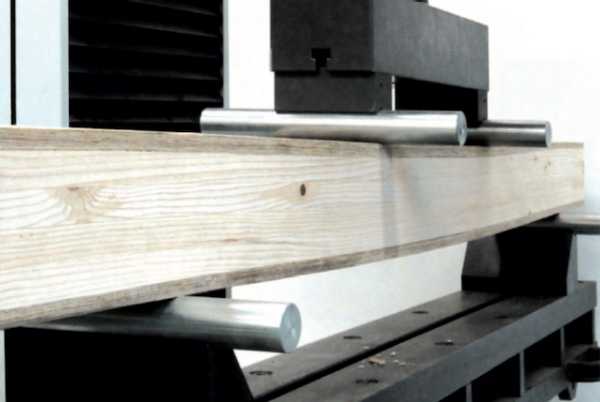
-
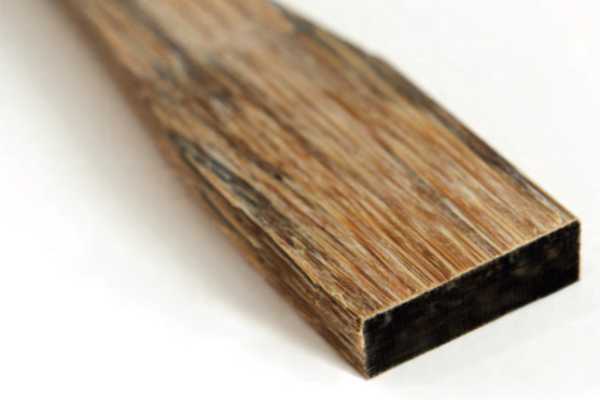
Bamboo composite sample -
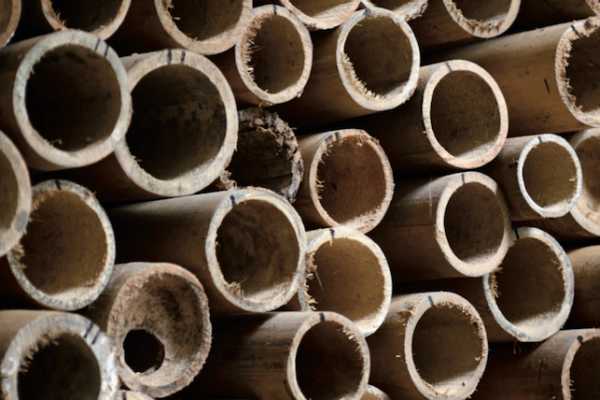
Bamboo in its natural form -

-

-
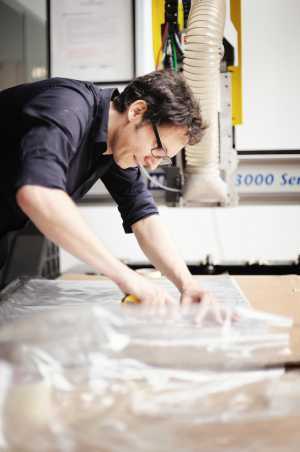
-
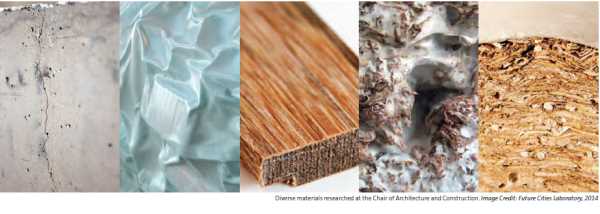
Alternative construction materials -
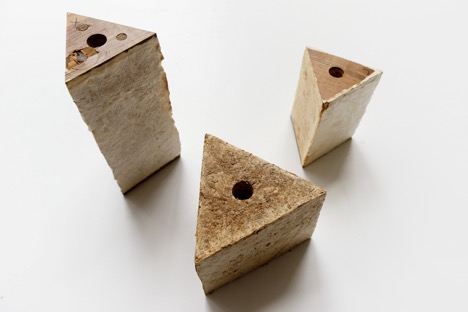
Triangular myco-composite elements reinforced with bamboo composite boards as part of the prototype production for Seoul biennale exhibition -

Test cubes with different type of agricultural waste as substrate for mycelium growth